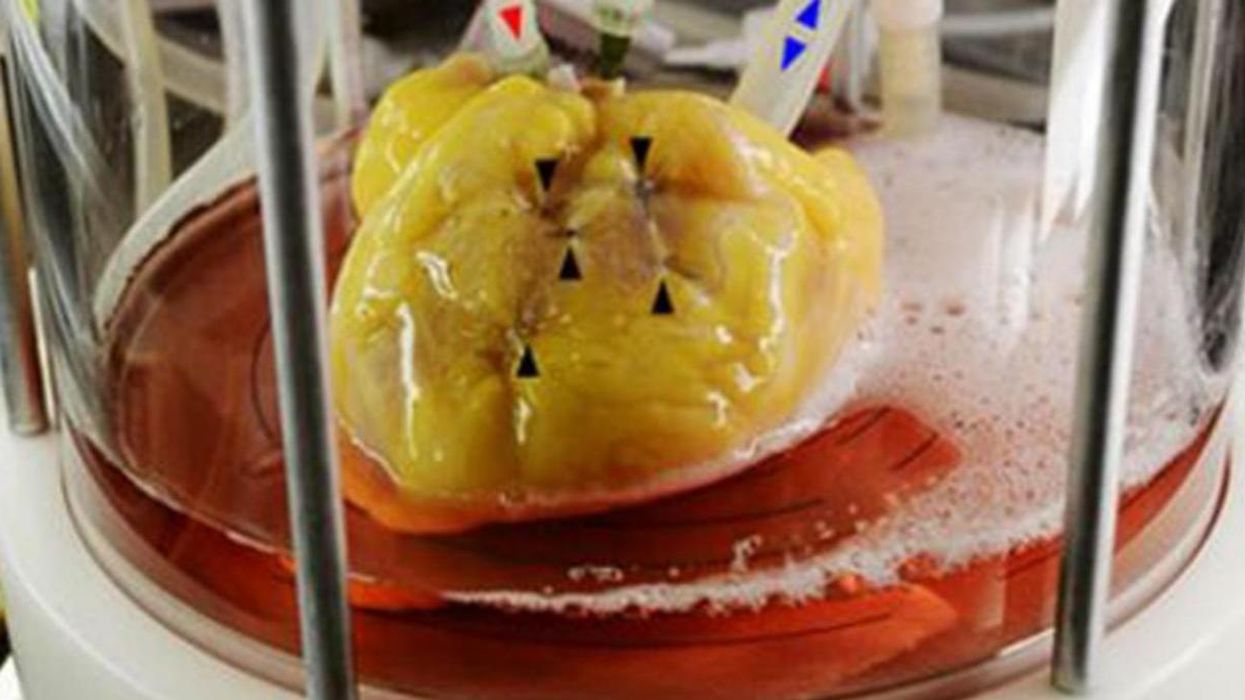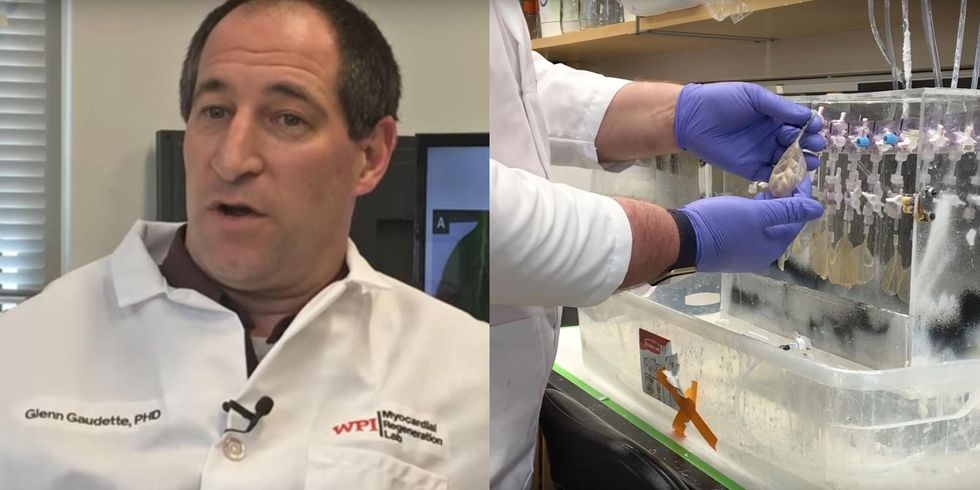News
Narjas Zatat
Mar 29, 2017
A biomedical research team from Worcester Polytechnic Institute (WPI) in Massachusetts have managed to create beating human heart muscle using the surface of a small spinach leaf.
They chose the leaf for its network of veins – similar to the cardiovascular system of the human heart.
The team switched the plant cells for human ones, and in so doing, made a blood vessel network.
Scientists have previously had trouble recreating the intricate vascular veins of the human heart using modern techniques such as 3-D printing.
WPI graduate student and study co-author Joshua Gershlak explained:
The major limiting factor for tissue engineering or graft and getting it to the clinic is the lack of vascular network…techniques can’t fabricate microvasculature the way that the body needs it.
How did they do it?
The scientists first removed plant cells from the spinach leaf, which happened over a period of a few days.
Once that was done, what was left over was a cellulose frame, which was compatible with human cells and had previously been used for medical purposes.
Then, they added human cells to the cellulose remains of the leaf, and after enough human tissue had grown, they gave it some liquid to prove that blood could in the future flow through it.
The research will be published in the May 2017 volume of the science journal Biomaterials.
HT KTLA
More: Scientists can now grow a beating human heart from stem cells
Top 100
The Conversation (0)















